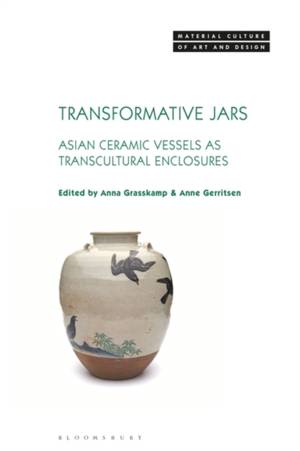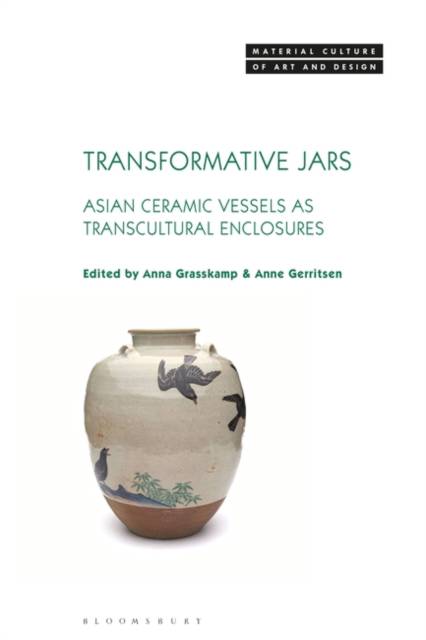
- Afhalen na 1 uur in een winkel met voorraad
- Gratis thuislevering in België vanaf € 30
- Ruim aanbod met 7 miljoen producten
- Afhalen na 1 uur in een winkel met voorraad
- Gratis thuislevering in België vanaf € 30
- Ruim aanbod met 7 miljoen producten
Zoeken
Transformative Jars
Asian Ceramic Vessels as Transcultural Enclosures
€ 67,95
+ 135 punten
Omschrijving
The term 'jar' refers to any man-made shape with the capacity to enclose something. Few objects are as universal and multi-functional as a jar - regardless of whether they contain food or drink, matter or a void, life-giving medicine or the ashes of the deceased. As ubiquitous as they may seem, such containers, storage vessels and urns are, as this book demonstrates, highly significant cultural and historical artefacts that mediate between content and environment, exterior worlds and interior enclosures, local and global, this-worldly and otherworldly realms.
The contributors to this volume understand jars not only as household utensils or evidence of human civilizations, but also as artefacts in their own right. Asian jars are culturally and aesthetically defined crafted goods and as objects charged with spiritual meanings and ritual significance. Transformative Jars situates Asian jars in a global context and focuses on relationships between the filling, emptying and re-filling of jars with a variety of contents and meanings through time and throughout space.
Transformative Jars brings together an interdisciplinary team of scholars with backgrounds in curating, art history and anthropology to offer perspectives that go beyond archaeological approaches with detailed analyses of a broad range of objects. By looking at jars as things in the hands of makers, users and collectors, this book presents these objects as agents of change in cultures of craftsmanship and consumption.
The contributors to this volume understand jars not only as household utensils or evidence of human civilizations, but also as artefacts in their own right. Asian jars are culturally and aesthetically defined crafted goods and as objects charged with spiritual meanings and ritual significance. Transformative Jars situates Asian jars in a global context and focuses on relationships between the filling, emptying and re-filling of jars with a variety of contents and meanings through time and throughout space.
Transformative Jars brings together an interdisciplinary team of scholars with backgrounds in curating, art history and anthropology to offer perspectives that go beyond archaeological approaches with detailed analyses of a broad range of objects. By looking at jars as things in the hands of makers, users and collectors, this book presents these objects as agents of change in cultures of craftsmanship and consumption.
Specificaties
Betrokkenen
- Uitgeverij:
Inhoud
- Aantal bladzijden:
- 296
- Taal:
- Engels
- Reeks:
Eigenschappen
- Productcode (EAN):
- 9781350277472
- Verschijningsdatum:
- 27/06/2024
- Uitvoering:
- Paperback
- Formaat:
- Trade paperback (VS)
- Afmetingen:
- 156 mm x 234 mm
- Gewicht:
- 453 g

Alleen bij Standaard Boekhandel
+ 135 punten op je klantenkaart van Standaard Boekhandel
Beoordelingen
We publiceren alleen reviews die voldoen aan de voorwaarden voor reviews. Bekijk onze voorwaarden voor reviews.







